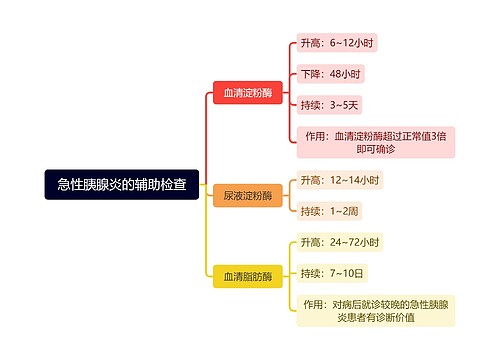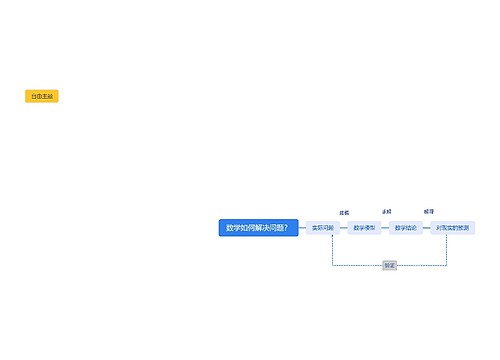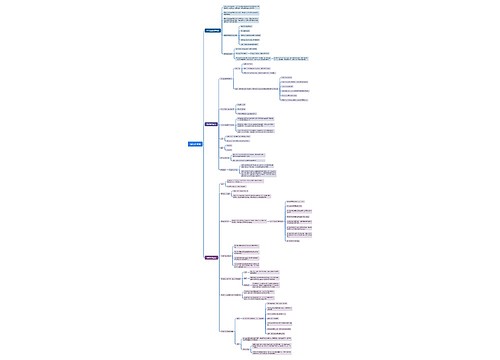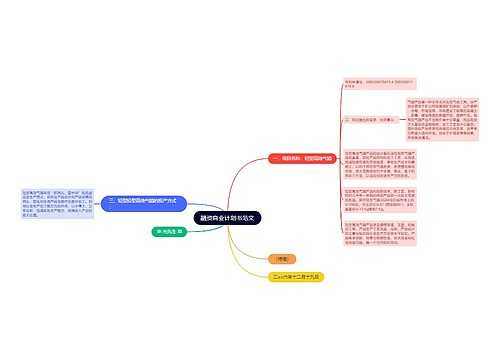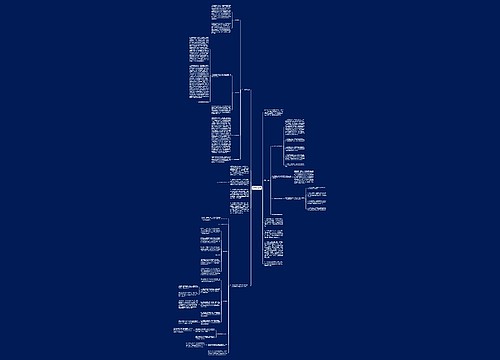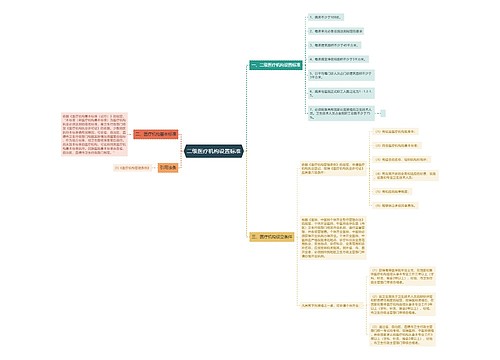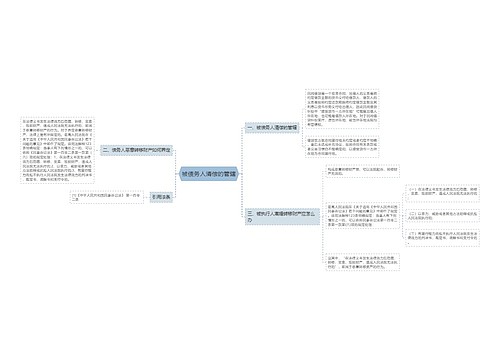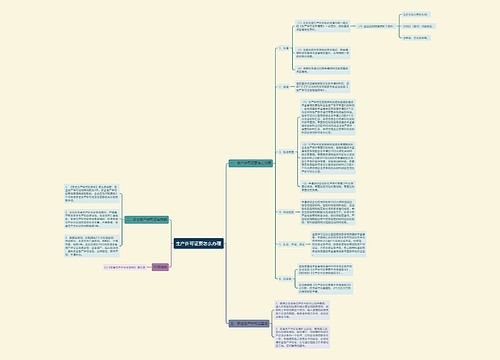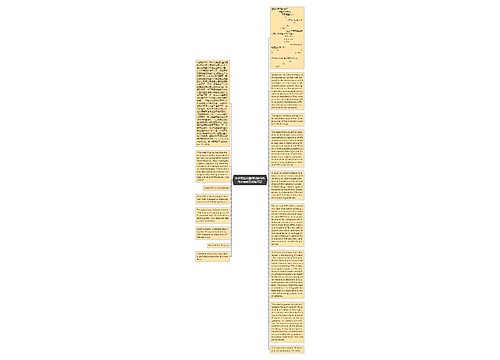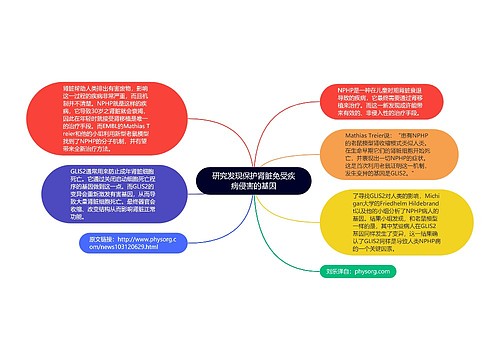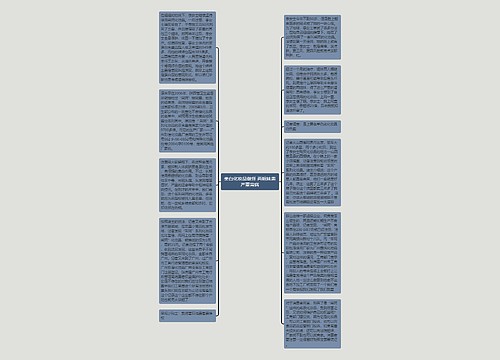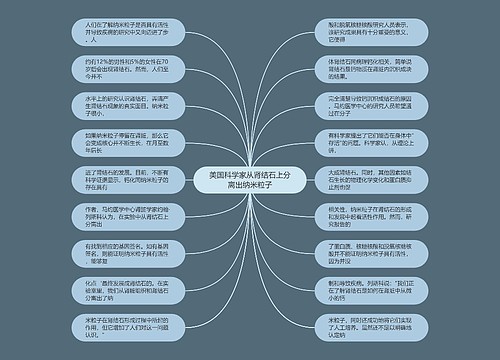By Marlene Busko Medscape Medical News
August 8, 2006 – A large randomized trial reports that among critically ill patients with acute renal failure and multiple organ dysfunction syndrome, 60-day survival was the same with intermittent or continuous dialysis.
"These data suggest that virtually all patients can be treated with intermittent dialysis, provided that strict guidelines to improve tolerance and metabolic control in the critically ill are implemented," the researchers, led by Christophe Vinsonneau, MD, from Cochin Port-Royal University Hospital, Paris, France, write.
Their report appears in the July 29 issue of The Lancet.
Continuous Dialysis is Controversial
In the past 20 years, continuous renal-replacement therapy has gained widespread acceptance for treating acute renal failure, especially in hemodynamically unstable patients, despite scarce or poor evidence that this treatment is better than intermittent dialysis, the authors write. Proponents of continuous therapy point to such advantages as increased time-averaged dose, more stable volume management, enhanced drug clearance, and possibly removal of higher-molecular-weight solutes such as cytokines. But previous trials that compared the 2 treatment modalities were retrospective or underpowered or had flaws such as imbalanced randomization or use of different membranes in the study groups, they write.
This study aimed to compare the effect of continuous venovenous hemodiafiltration with intermittent hemodialysis on survival in patients with acute renal failure in a prospective, randomized trial. Dialysis was done using the same type of polyacrylonitrile membrane and bicarbonate-based dialysate in both groups. The primary outcome was 60-day survival, based on the lengthy hospital stay of these patients. Secondary outcomes included 28-day and 90-day survival.
There was no significant difference between the groups in mean survival at 60 days or at any other time period. The investigators did notice an unexpected significant increase in survival over time in the intermittent-dialysis group but not in the continuous renal-replacement group. They concluded that, provided strict guidelines are implemented, intermittent dialysis seems suitable for almost all patients with acute renal failure.
Primary Study Outcome, Intermittent vs Continuous Dialysis Outcome Intermittent Treatment ContinuousRenal-Replacement Therapy P Survival at day 60, % (95% CI) 31.5 (24.4 – 38.2) 32.6 (25.6 – 39.5) .98
"Important" Study, More Research Needed
In an editorial accompanying the paper, John Kellum, MD, and Paul M. Palevsky, MD, of the University of Pittsburgh School of Medicine, Pennsylvania, write that the findings by Vinsonneau and colleagues are "important." Study strengths include successful randomization and good adherence to protocol. Study weaknesses include the fact that that there might have been a bias to intermittent therapy, since "remarkably," only 3.3% of patients crossed from intermittent therapy to continuous therapy and, "surprisingly," 9.7% of patients crossed over in the opposite direction. A second difficulty is that the dose of dialysate was not specified in the protocol, they noted.
The editorialists add, "Nevertheless, Vinsonneau's study suggests that improved survival depends on how renal support is provided — as shown by the improvement over time in the intermittent-dialysis arm. More research is needed." They conclude: "Practical questions, such as whether a patient will do better with continuous therapy or intermittent therapy, remain unanswered. Unfortunately, protocols that force the use of one therapy or the other will not answer these questions."
Lancet. 2006;368:379-385, 344-345.



